Do we really see the places we travel to, or are we just checking a box that we were there? Do we really have an interest in these places or do we feel some obligation to stand in front of them? Are you just taking the same photo you’ve seen a zillion times before?
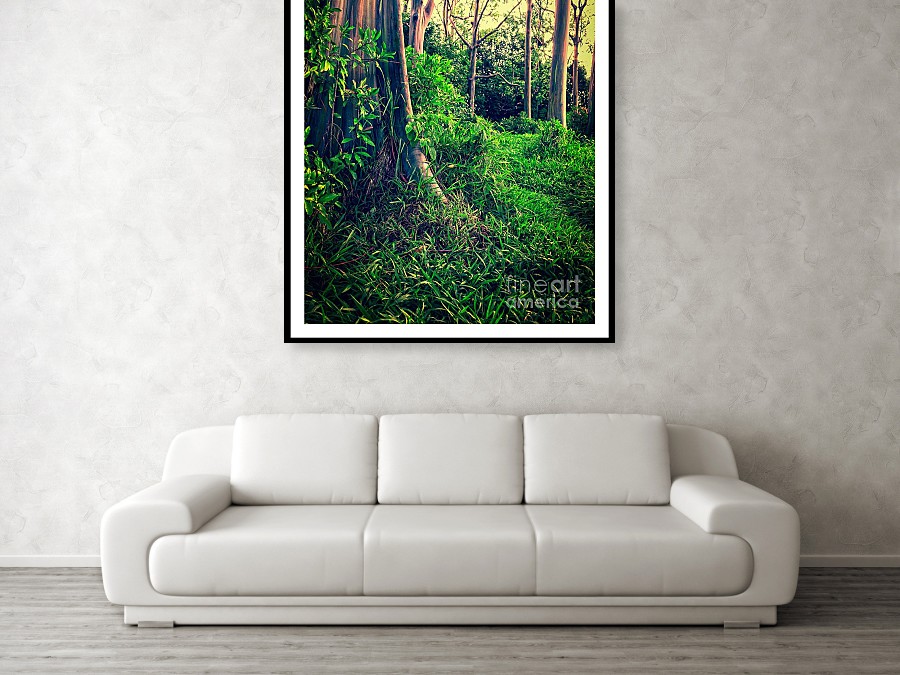
A pilgrimage is a journey or search of moral or spiritual significance. Are photographers journeys to the iconic photo spots any different? Are places like Antelope Canyon, Mesa Arch, Horse Shoe Bend etc. photographer’s shrines?
Photographs beget more photographs. Traditional media and social media create an agreed upon collective perception. Once designated as a place of significance we can’t get outside the aura. We’re part of the aura. Our photographs of the place, our sharing of the place, adds to the collective identity of the place.
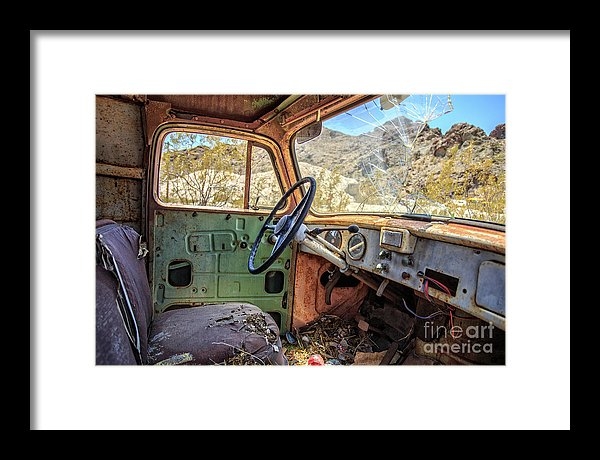
The picture takers, taking pictures of one another taking pictures, ultimately become part of the spectacle itself. Pictures of pictures we’ve seen a zillion times but somehow we need our own copy of that same image which just perpetuates the scene as a commodity. You can’t get an original image from these places, only contribute to the “Borg” collective.
The American Southwest
Mesa Arch – They plan their vacations around it. They wake up hours before sunrise, trek out in the dark to
Horseshoe Bend is another one of those iconic locations in the American Southwest. In the photographs you’d expect to have the pace all to yourself. The reality is there is tons of people crawling all over the place. For some that is part of the experience. If there are crowds, then they must be in the right place. This video from F-stoppers gives a good overview of what it’s like trying to get a good photograph along with hundred of other tourists.
Jenne Farm
It’s just another farm in Vermont but
Now after appearing on countless postcards, magazines covers and even featured in the movie Forest Gump, the farm has reached “shrine” level status as a photo spot. There is no “Kodak Moment” sign but there is a donation box.
And bus tour guides are starting to bring tourists to this out of the way spot! Last time I stopped by the farm there were about five photographers snapping away and then a tour bus dropped off a
I image the bus driver announcing “The next stop is the most photographed farm in the country. As seen in the movie Forest Gump…” and the tourists all giving out an “ooooh” and “
The bus probably drove by several other scenic Vermont farm along the way but now this particular farm was pointed out as something special. Do the tourists see the barn differently? It’s kind of like seen a picture of Jesus in a piece of burnt toast. It’s still bread but now it’s a religious experience. The farm is still just a farm but now that the tour bus made it a stop, it’s something extraordinary.
Reality Behind the Curtain
Like any hyped religious spot, we are destined to be let down by the experience. In our mind, we have been conditioned to expect an amazing spiritual experience like what we’ve seen in the photographs, but typically our own experiences are going to be a letdown. Because the photographs we’ve seen represent the best possible conditions. The perfect time of the day, the perfect time of the year, the best weather, great post processing etc.
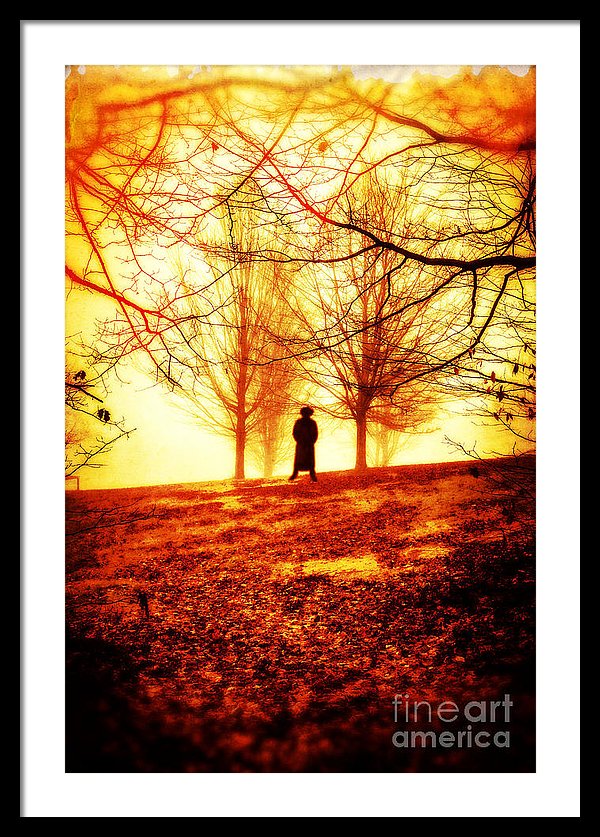
The Mesa Arch or Stone Hedge seems much smaller than we imagined because they were shot with wide angle lenses. The colors of the Grand Canyon look dull because we arrive at mid-day. New Hampshire is just a sea of
In some ways the actual reality of these iconic locations is like finding out that Santa isn’t real. The photographs are lies making us think these spots are undiscovered, peaceful place where one can be alone with the beauty of nature, yet in reality the parking lot is just a few paces away.
Still, even though one could purchase a better photograph of the scene on a postcard or calendar, we mindlessly snap away, paying our respects to the deity.
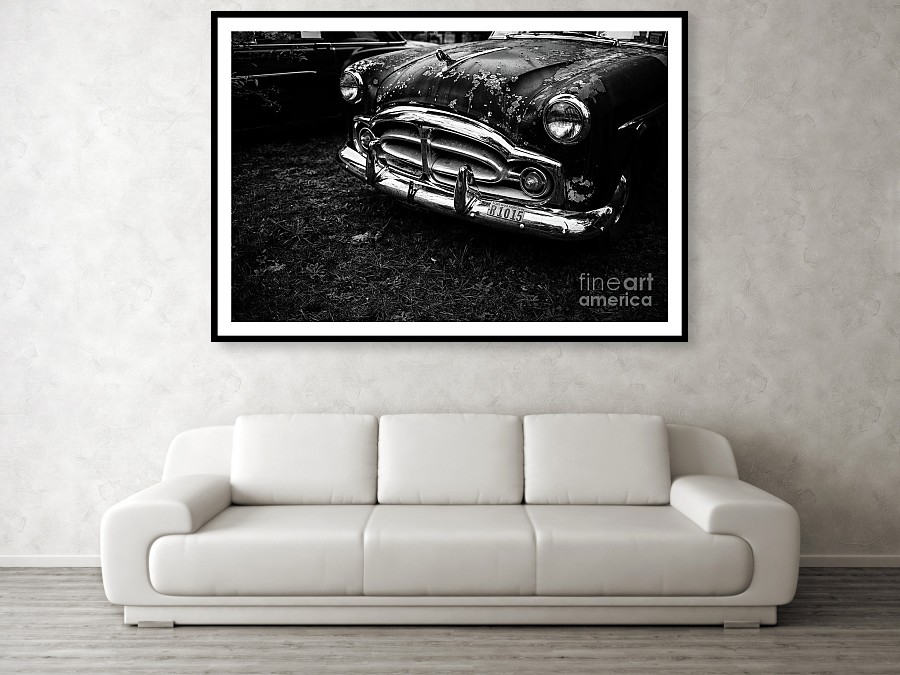
Taking Pictures of Pictures
As author Don DeLillo expertly explains the phenomenon in the novel,White Noise points out in his novel “White Noise”:
Several days later Murray asked me about a tourist attraction known as the most photographed barn in America.
We drove twenty-two miles into the country around Farmington. There were meadows and apple orchards.
White fences trailed through the rolling fields. Soon the signs started appearing. THE MOST PHOTOGRAPHED BARN IN AMERICA.
We counted five signs before we reached the site. There were forty cars and a tour bus in the makeshift lot. We walked along a cowpath to the elevated spot set aside for viewing and photographing.
All the people had cameras; some had tripods, telephoto lenses, filter kits. A man in a booth sold postcards and slides–pictures of the barn taken from the elevated spot.
We stood near a grove of trees and watched the photographers. Murray maintained a prolonged silence, occasionally scrawling some notes in a little book.
“No one sees the barn,” he said finally.
A long silence followed.
“Once you’ve seen the signs about the barn, it becomes impossible to see the barn.”
He fell silent once more. People with cameras left the elevated side, replaced at once by others.
“We’re not here to capture an image, we’re here to maintain one. Every photograph reinforces the aura. Can you feel it, Jack? An accumulation of nameless energies.”
There was an extended silence. The man in the booth sold postcards and slides.
“Being here is a kind of spiritual surrender. We see only what the others see. The thousands who were in the past, those who will come in the future. We’ve agreed to be a part of a collective perception. This literally colors our vision. A religious experience in a way, like all tourism.”
Another silence ensued.
“They are taking pictures of taking pictures,” he said.
He did not speak for a while. We listened to the incessant clicking of shutter release buttons, the rustling crank of levers the advanced the film.
“What was the barn like before it was photographed?” he said. “What did it look like, how was it different from other barns, how was it similar to other barns? We can’t answer these questions because we’ve read the signs, seen the people snapping the pictures. We can’t get outside the aura. We’re part of the aura. We’re here, we’re now.”
He seemed immensely pleased by this.
— Don DeLillo, White Noise
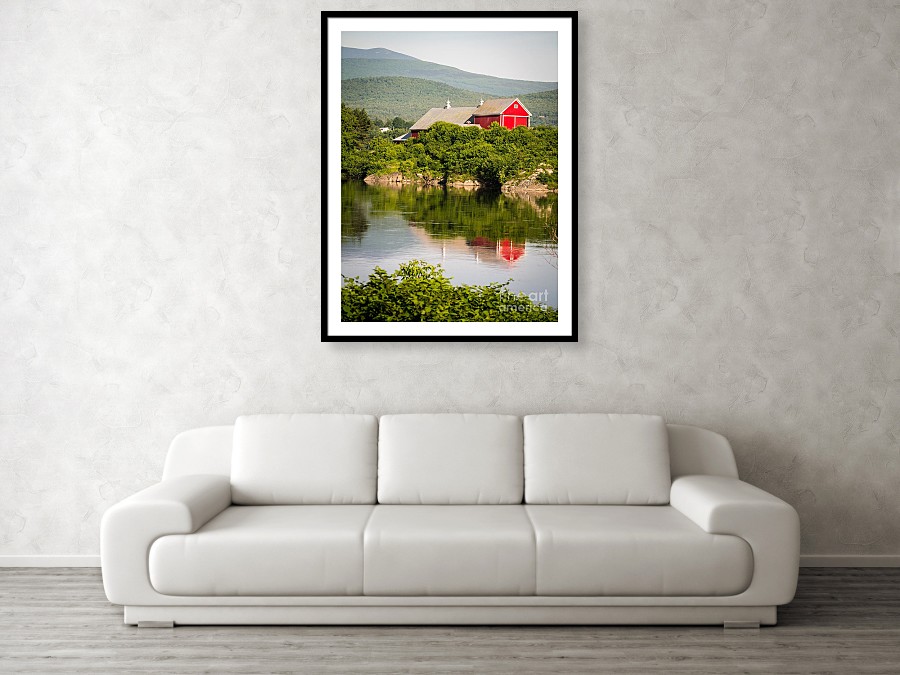
Bring a Fresh Eye
Next time you find yourself on a well-beaten path to an iconic spot seen over and over, ask yourself how you can actually SEE the barn in your own way. Or perhaps see something new along the way.
